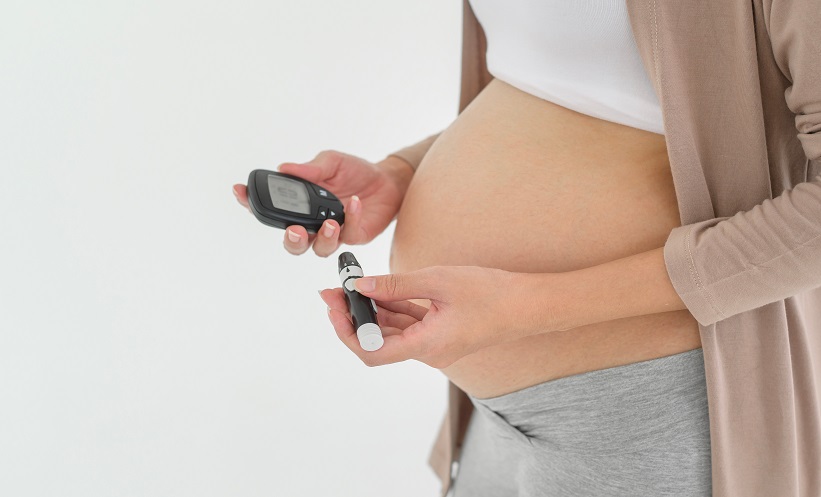MANAGING TYPE 1 DIABETES in young children can be a stressful experience for parents and carers. The development of hybrid closed loop technology can aid the management of this metabolic condition from the age of 1, greatly reducing the risk of health problems in later life.
Hybrid closed loop systems are made up of a continuous glucose monitor (CGM), and an insulin pump to allow accurate administration of insulin, as and when needed. Also known as an artificial pancreas, this process is facilitated through an algorithm with the CGM providing glucose level data for accurate calculation of required insulin.
A recent study by the Juvenile Diabetes Research Foundation (JDRF) investigated the effects of a hybrid closed loop system in children, compared with children using an insulin pump and CGM separately. The researchers analysed data from both groups, and found that the use of an artificial pancreas saw children spend an extra 2 hours a day in their optimal target glucose range, and presented with lower HbA1c levels after 16 weeks. Previous studies conducted and funded by JDRF have consistently shown the advantages of hybrid closed loop technology, including during pregnancy, to prevent dangerous glucose fluctuation.
Julia Ware, study leader explained: “Very young children are extremely vulnerable to changes in their blood sugar levels. High levels in particular can have potentially lasting consequences to their brain development. On top of that, diabetes is very challenging to manage in this age group, creating a huge burden for families.” Many carers and patients have found this technology life-changing, allowing them to regain quality time with their children.







